n a remarkable achievement, SpaceX has once again demonstrated its cutting-edge capabilities by delivering a crew of astronauts to the International Space Station (ISS) in just about 15 hours—a significant milestone that highlights the rapid progress in space travel technology.
The mission, launched aboard a SpaceX Crew Dragon spacecraft, showcased the company’s dedication to advancing human spaceflight. The fast transit time not only reduces the time astronauts spend in the confined space of the capsule but also optimizes mission efficiency and resource use.
A New Benchmark for Crew Transport
This latest mission sets a new benchmark for crewed launches to the ISS. Traditionally, trips to the station have taken anywhere from six hours to two days, depending on orbital alignments and mission parameters. The roughly 15-hour transit reflects improvements in launch timing, trajectory planning, and spacecraft performance.
Astronauts on board reported smooth operations throughout the flight, from liftoff to docking. This rapid trip minimizes the fatigue associated with space travel and allows the crew to begin their vital scientific and maintenance work on the ISS sooner.
SpaceX’s Role in Modern Space Exploration
SpaceX, under the leadership of Elon Musk, continues to revolutionize space transport. By leveraging reusable rocket technology and streamlined mission planning, the company is making space access more reliable and cost-effective.
The successful mission underscores the importance of commercial partnerships in NASA’s broader strategy for sustained human presence in low Earth orbit. With multiple Crew Dragon flights scheduled for the coming years, SpaceX is set to remain a cornerstone of crewed space missions.
Looking Ahead
The swift journey not only benefits current missions but also sets the stage for future endeavors, including lunar exploration and potentially crewed Mars missions. Faster transit times mean increased mission flexibility and could enhance astronaut health and safety.
As humanity pushes further into space, innovations like these will be essential in making space travel routine, safe, and more efficient.

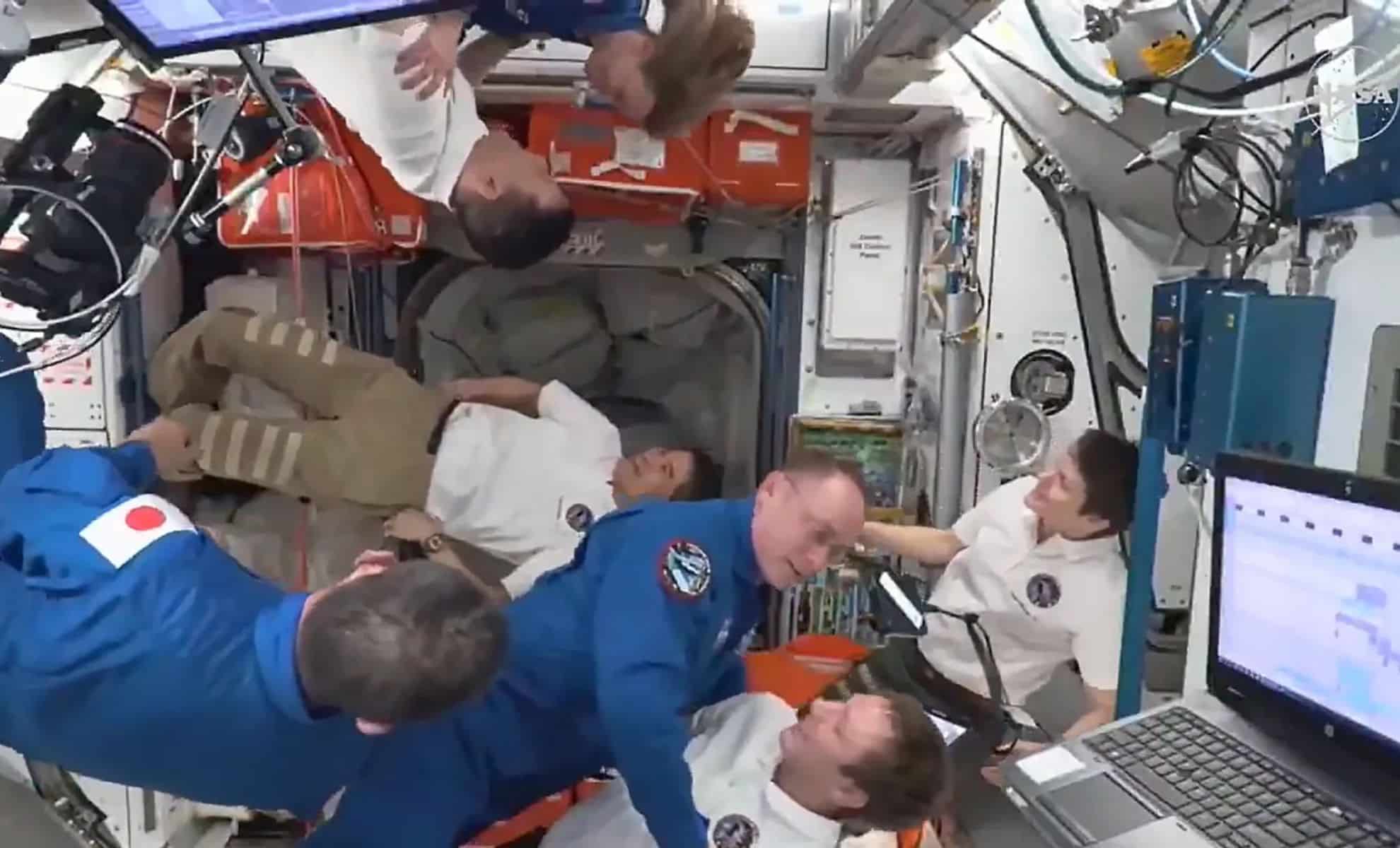

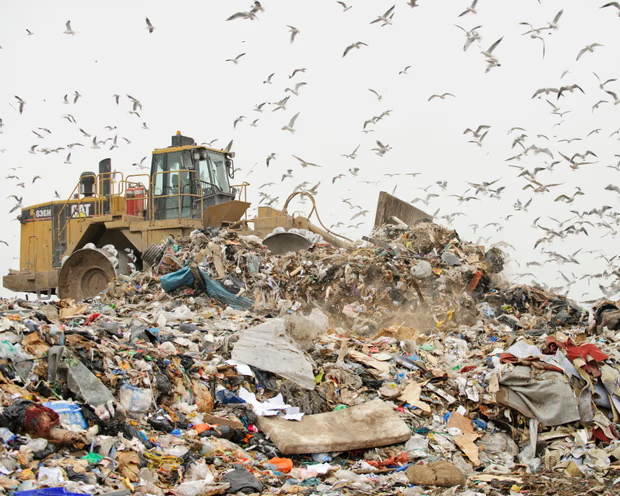


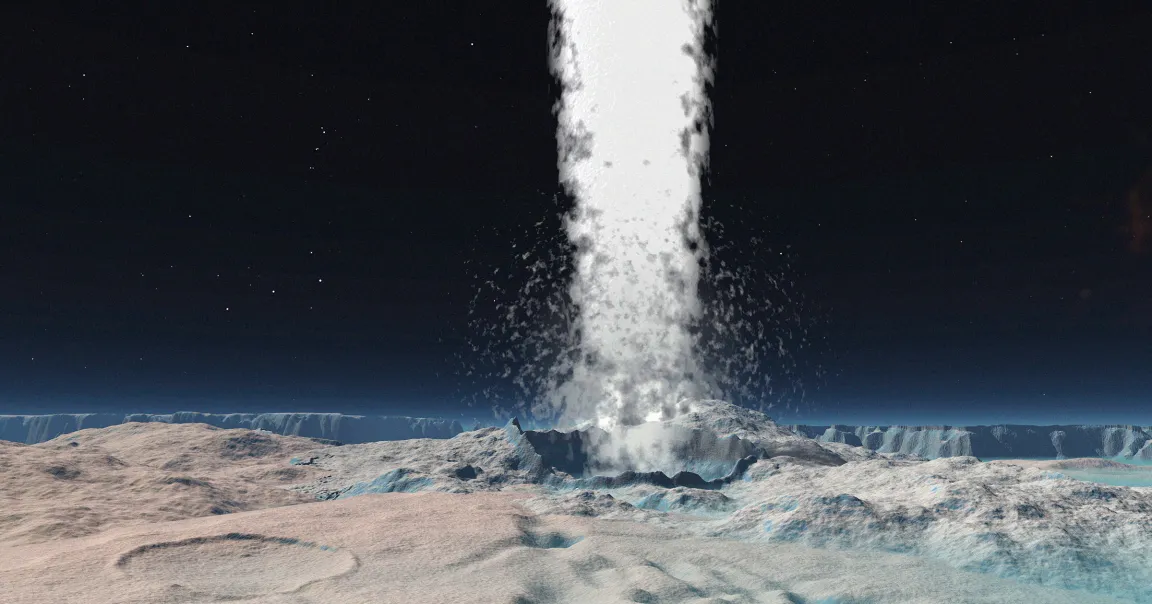

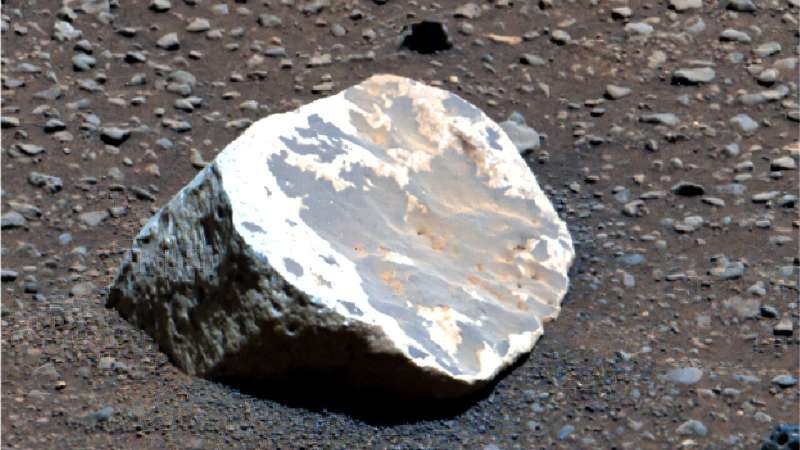
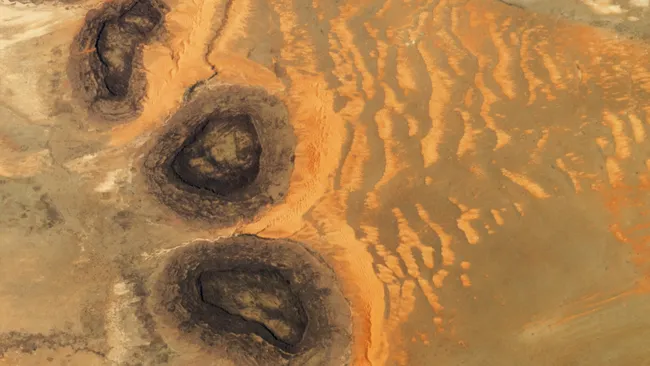






Leave a Reply